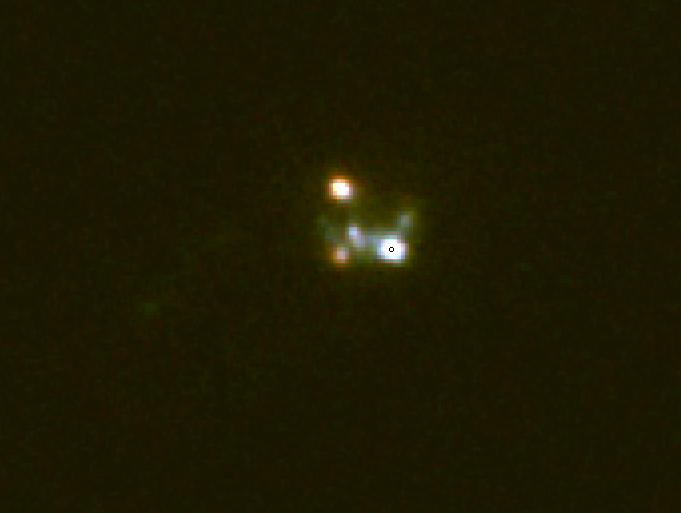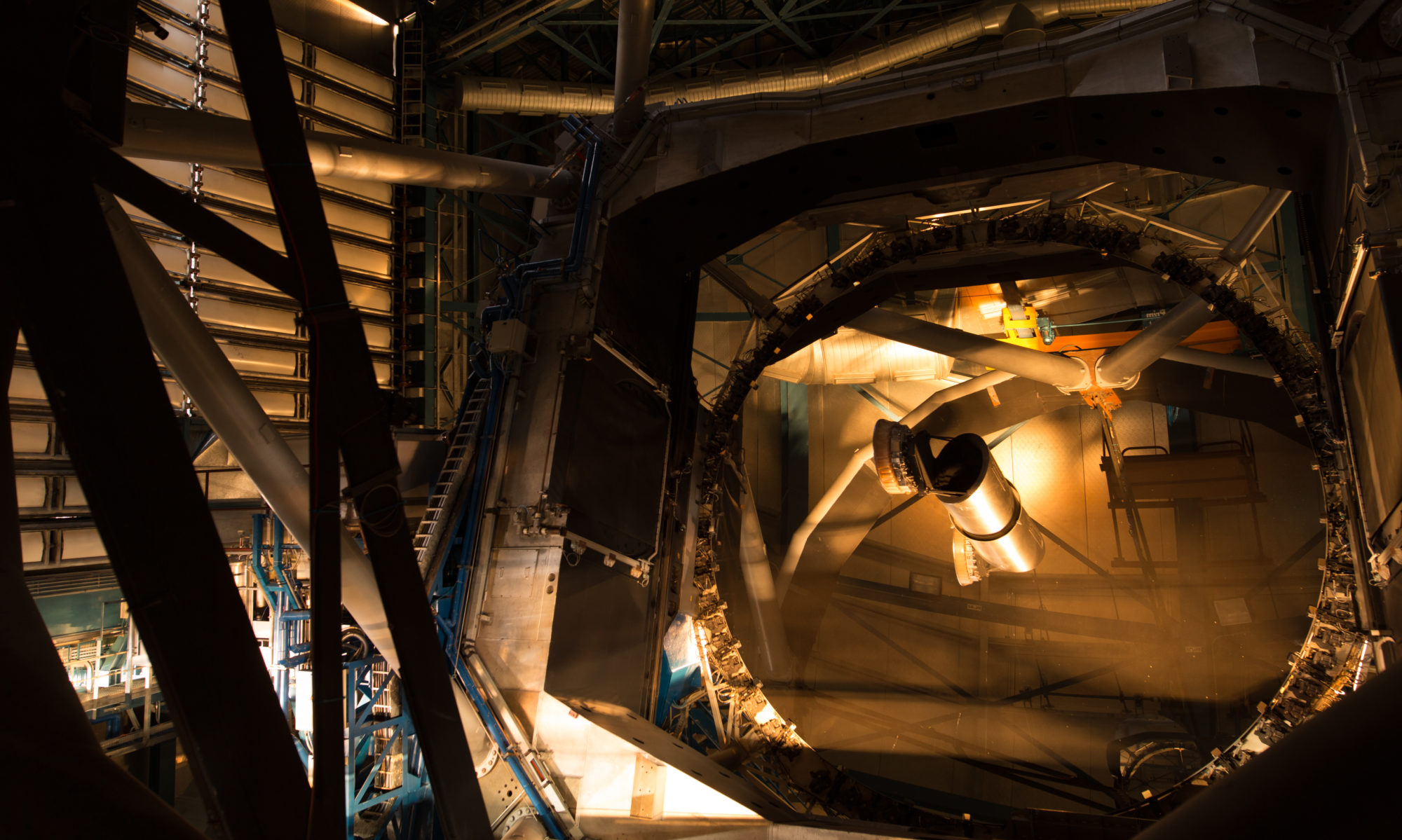Superluminous Supernovae (SLSNe) are a recent and rare class of supernovae that are more than 10 times higher than normal SNe. The inferred energetics of SLSNe require processes that are different from classical SNe, probably involving either extremely massive stars with likely very low metallicities, interaction with circumstellar material, or additional energy input from a central engine such as a magnetar or accretion onto the compact remnant. The physical mechanism powering these explosions is poorly understood and hotly debated. See Gal-Yam 2019 for a review on SLSNe.
The luminosities and light curves of SLSNe
In De Cia et al. 2018b we characterized the light-curve properties of the largest and homogeneous sample of SLSNe-I (H-poor), from the (i)Palomar Transient Factory. We characterized the distribution of SLSN peak luminosities and found that H-poor SLSNe have absolute magnitudes -22 <~ M <∼ −20 mag (rest-frame g-band). This is brighter than SNe Ib/c and SNe Ic-BL, on average, by about 4 and 2 mag, respectively. The rise timescales are longer for SLSNe-I than for normal SNe Ib/c. SLSNe-I decay with a wide range of slopes, with no obvious gap between rapidly declining and slowly declining events. At late times, the SLSN-I light curves slow down and cluster around the 56Co radioactive decay rate.

(De Cia et al. 2018)
The host galaxies of SLSNe
SLSNe-I explode in low-mass and low-metallicity galaxies, with a heavily suppressed rate in galaxies with metallicities above half solar. On the other hand, SLSNe-II (hydrogen-rich) can explode in galaxies with a wide range of masses and metallicities. [Perley, Quimby, Yan, Vreeswijk, De Cia et al. 2016, SLSNe host galaxies from iPTF]
In Cikota, De Cia et al. 2017 we did a spatially resolved analysis of two nearby SLSNe-I (PTF 11hrq and PTF 12dam), using HST and VLT/MUSE data. Both host galaxies have overall blue colors, however the SLSNe did not explode in the bluest parts. PTF 11hrq exploded close to a region with disturbed kinematics, bluer color, stronger [O III], and lower metallicity, and its host galaxy is likely interacting with a companion. PTF 12dam exploded in one of the brightest pixels of a clumpy sturbursting galaxy with a tidal tail. These results suggest that these SLSNe may have been produced by stars generated in episodes of starformation triggered by interaction.

The ISM in SLSN host galaxies
Mid/high-resolution spectra of SLSNe covering the rest-frame UV are scarse, but the ISM of SLSNe-I hosts seems to show very narrow absorption lines, hinting at small galaxy masses. These metal lines have very low column densities or equivalent widths (Vreeswijk, Savaglio, Gal-Yam, De Cia et al. 2014). The far-UV HST spectrum of the nearby SN 2017egm showed an HI column of ~10^19 cm−2, which is extremely low compared to other starforming galaxies, such as GRB hosts, and a solar or higher metallicity of the host galaxy (Yan, Perley, De Cia et al. 2018).
The spectra of SLSNe
In Quimby, De Cia, et al. 2018 we characterized the spectral properties of SLSNe-I from the (i)Palomar Transient Factory. We found that SLSNe-I can be spectrally classified, e.g. they can be distinguished from normal supernovae based on their spectral features.
